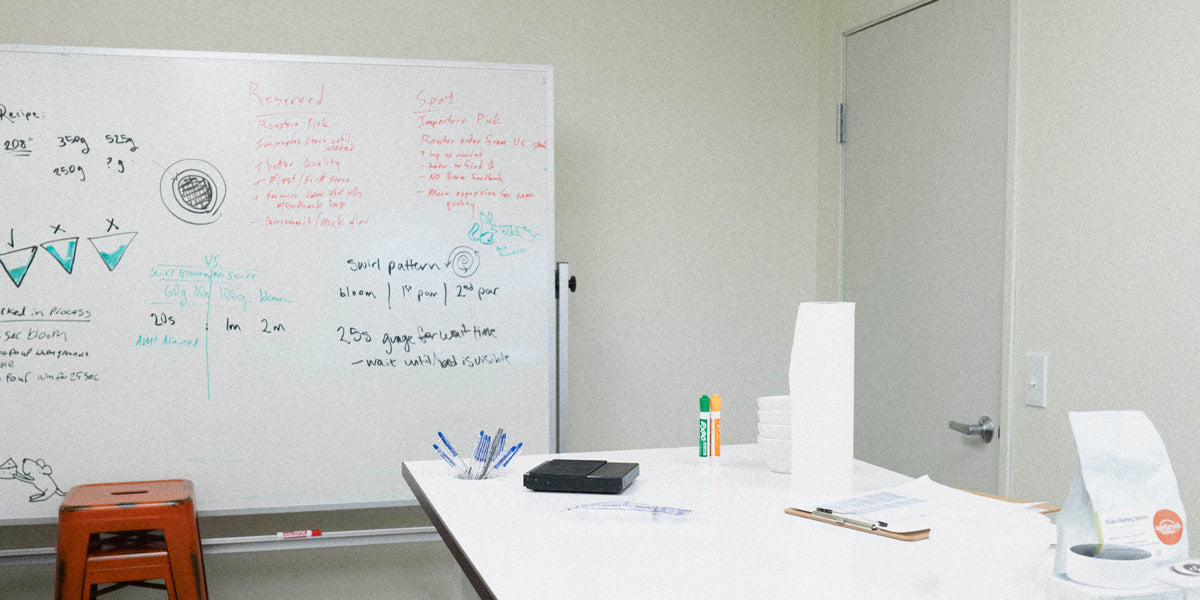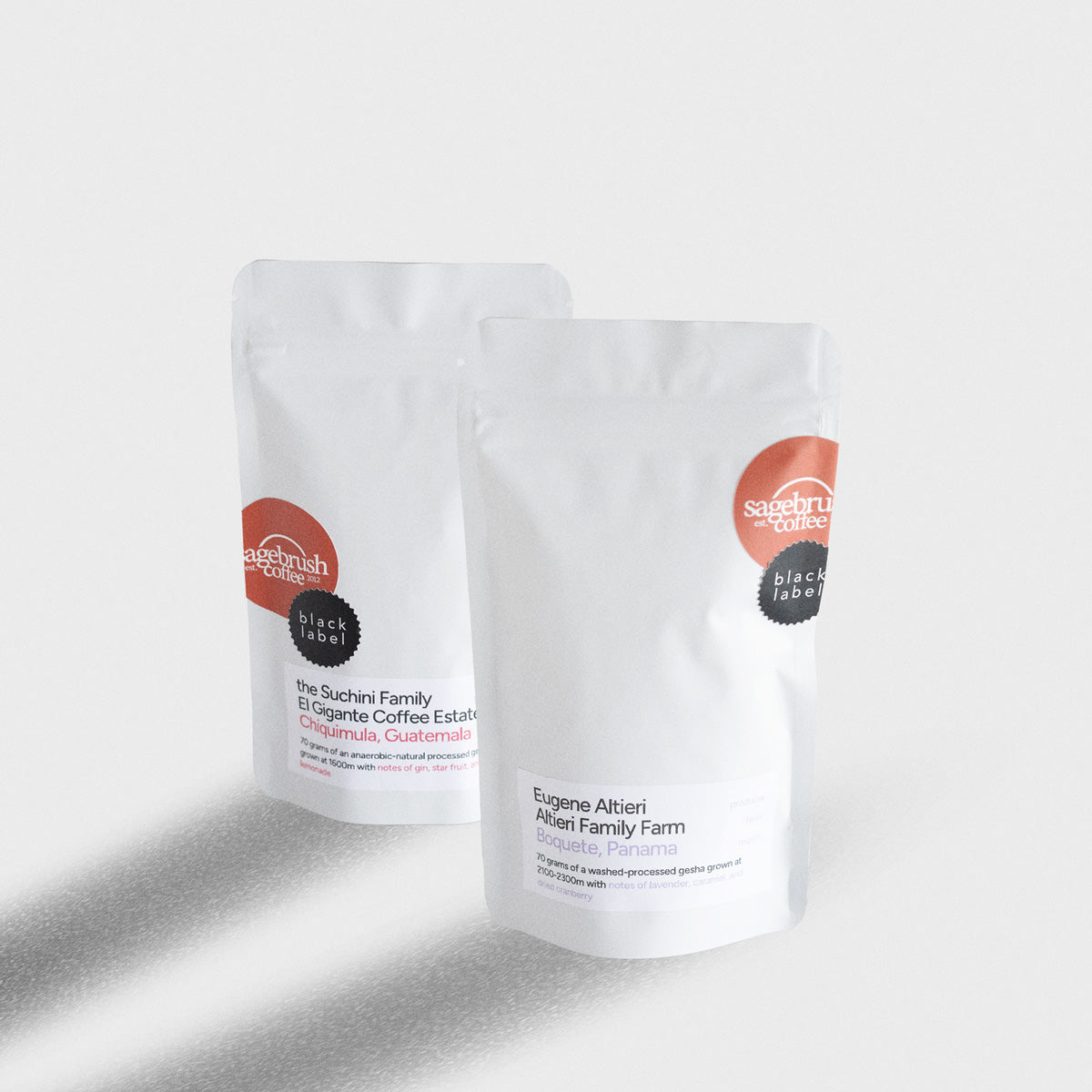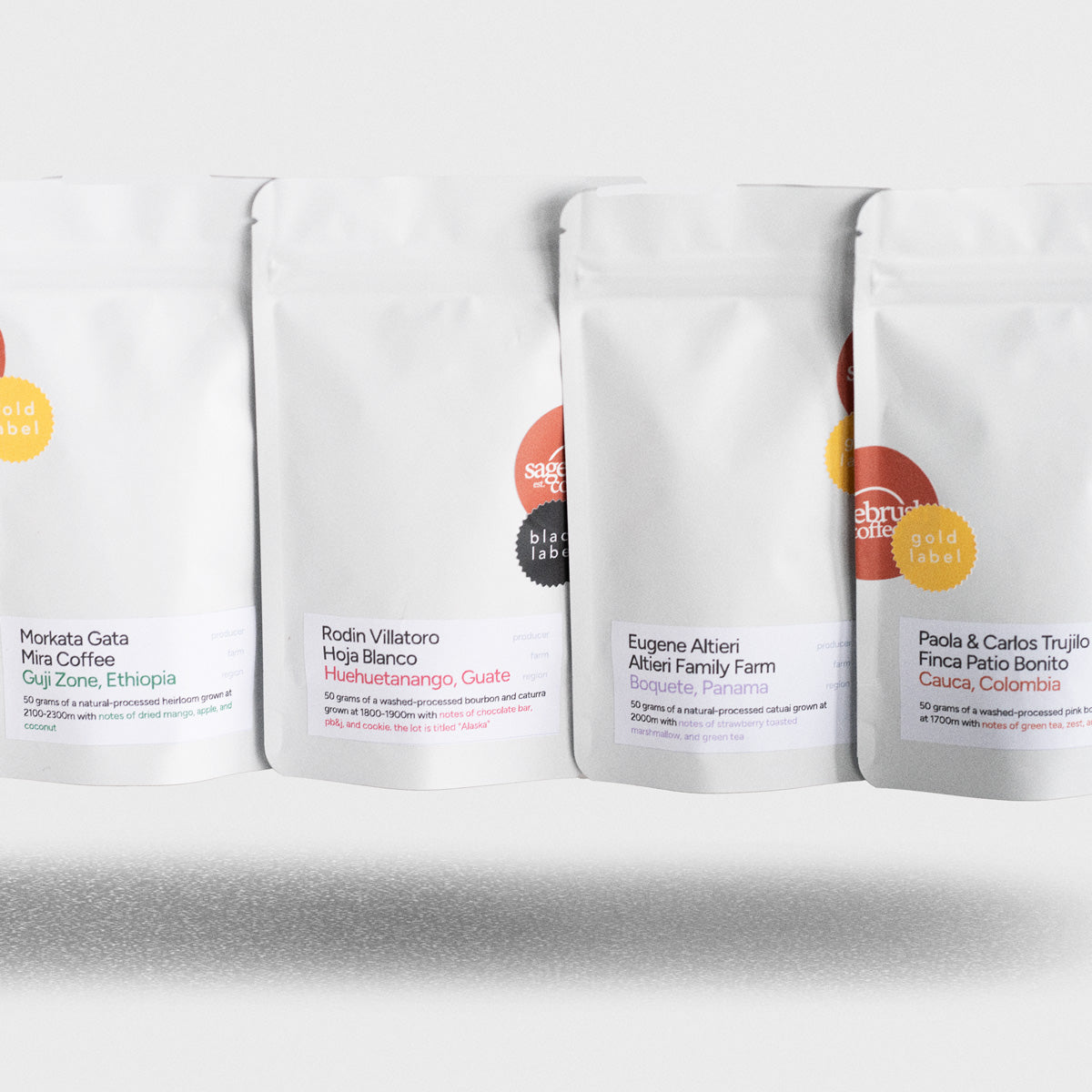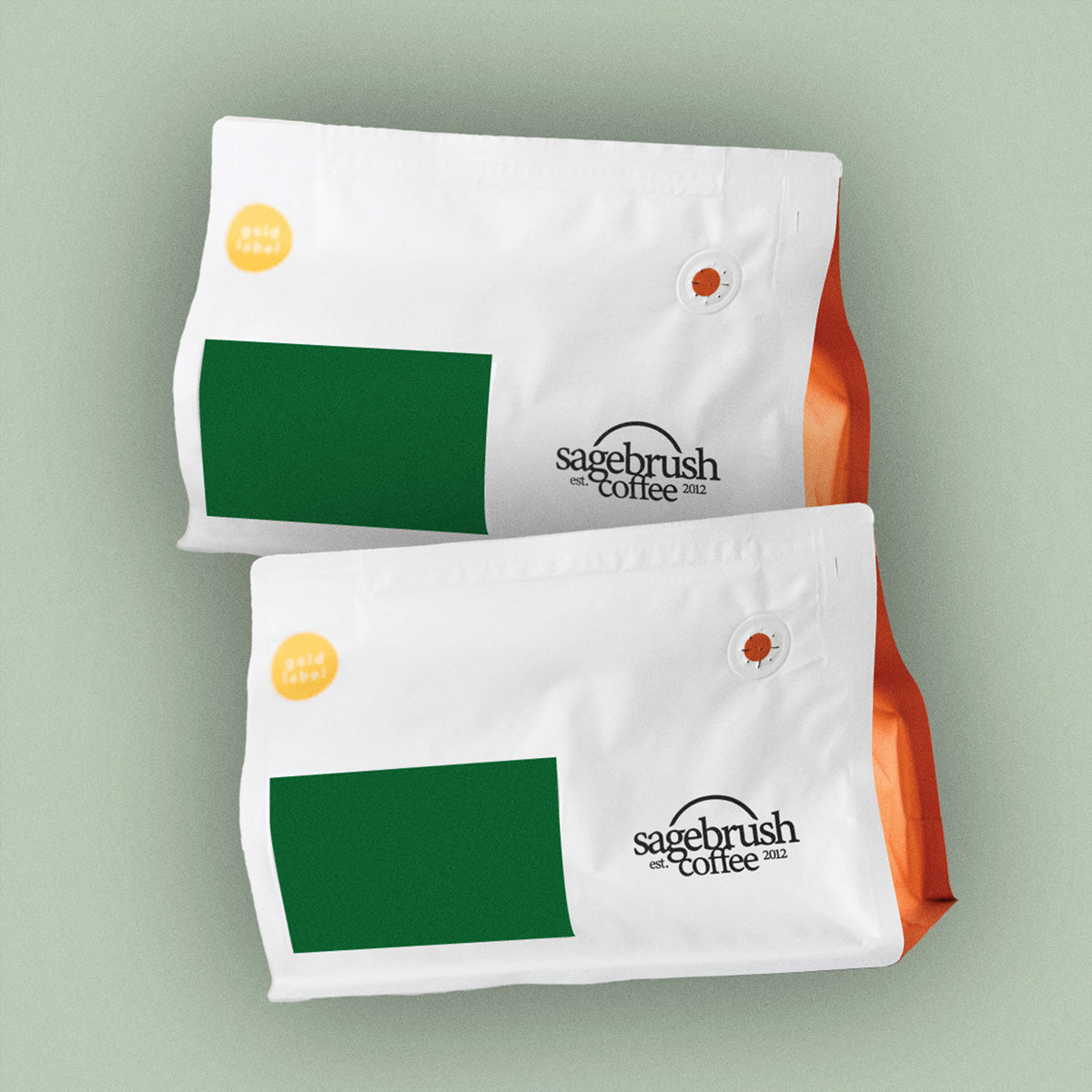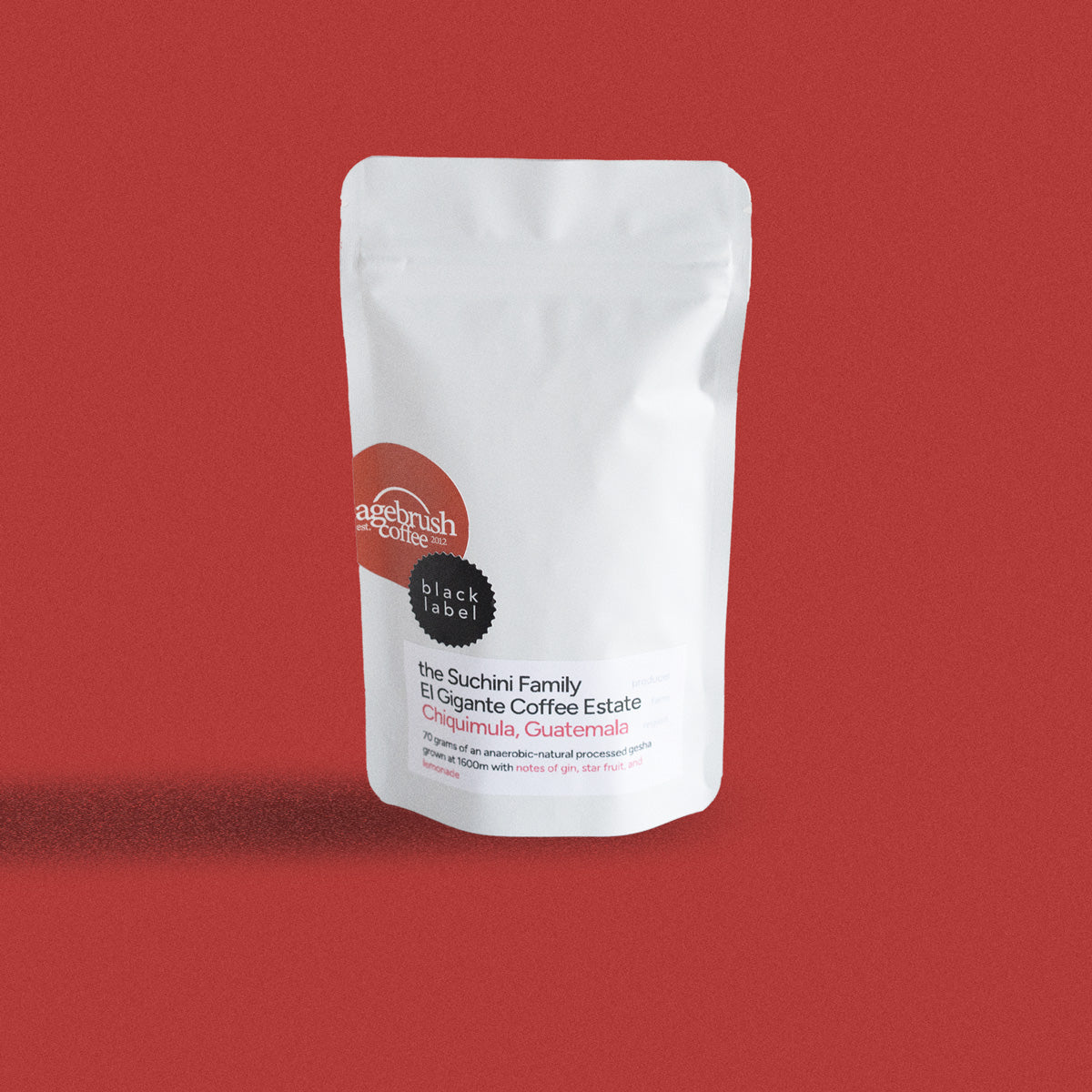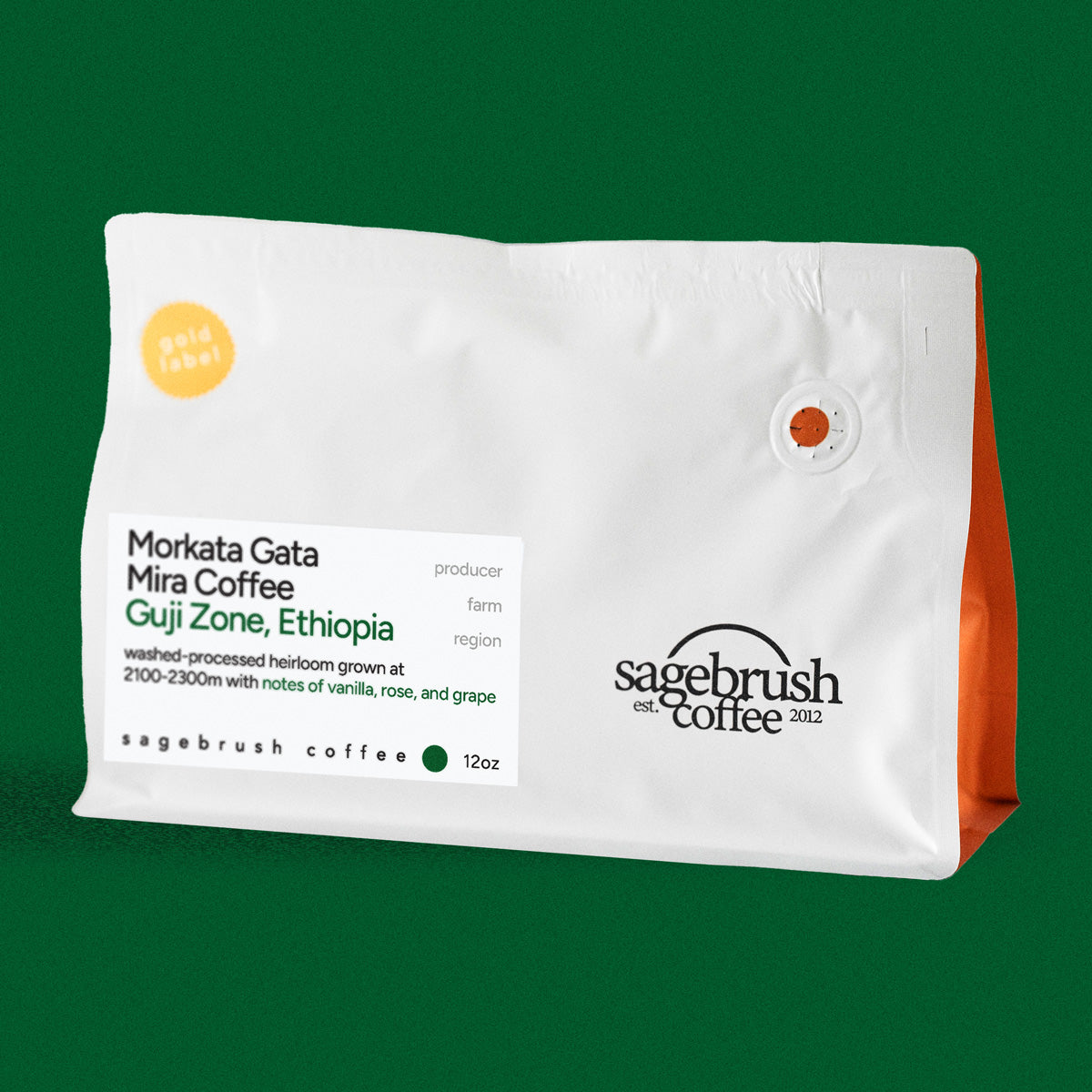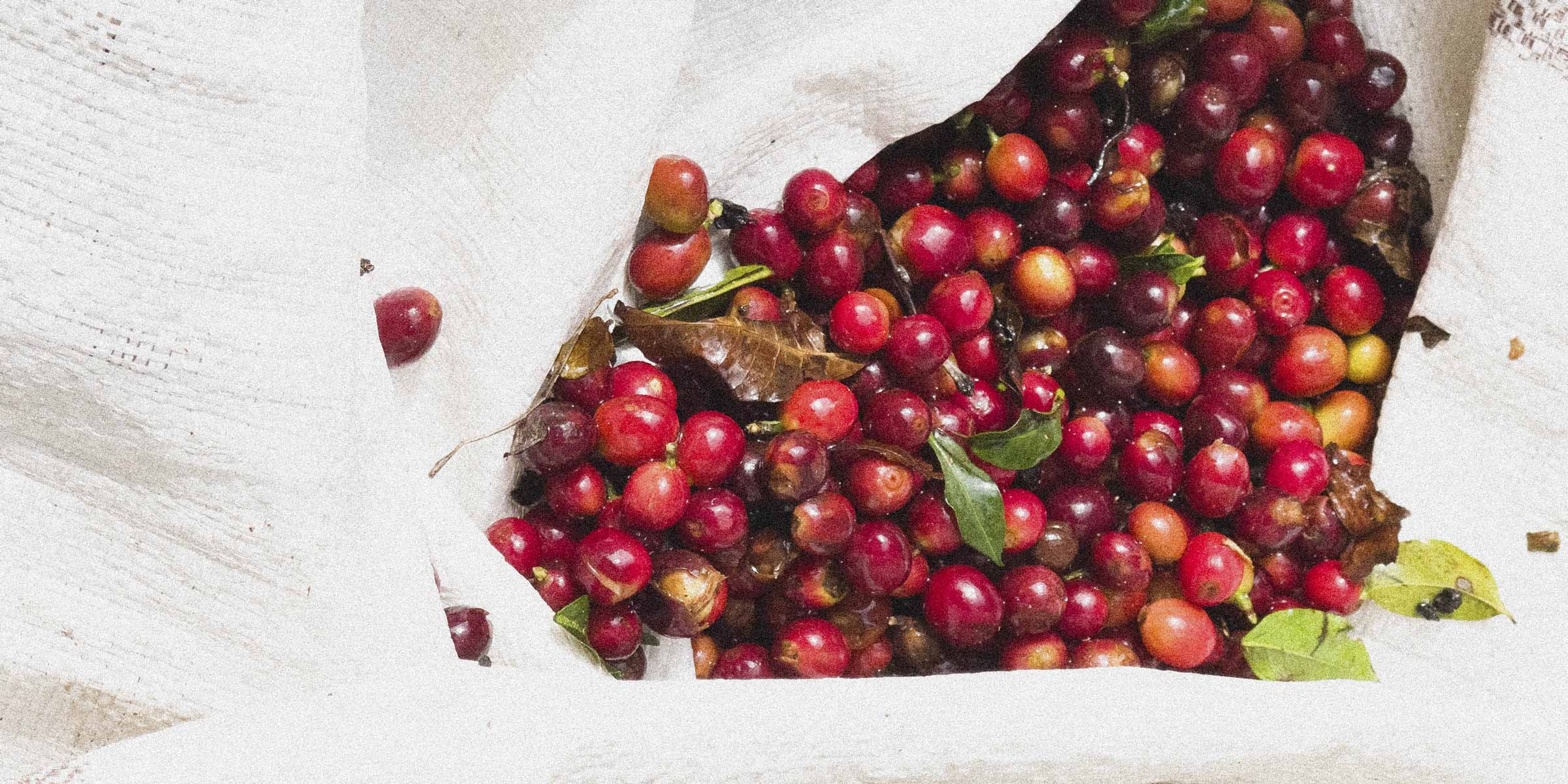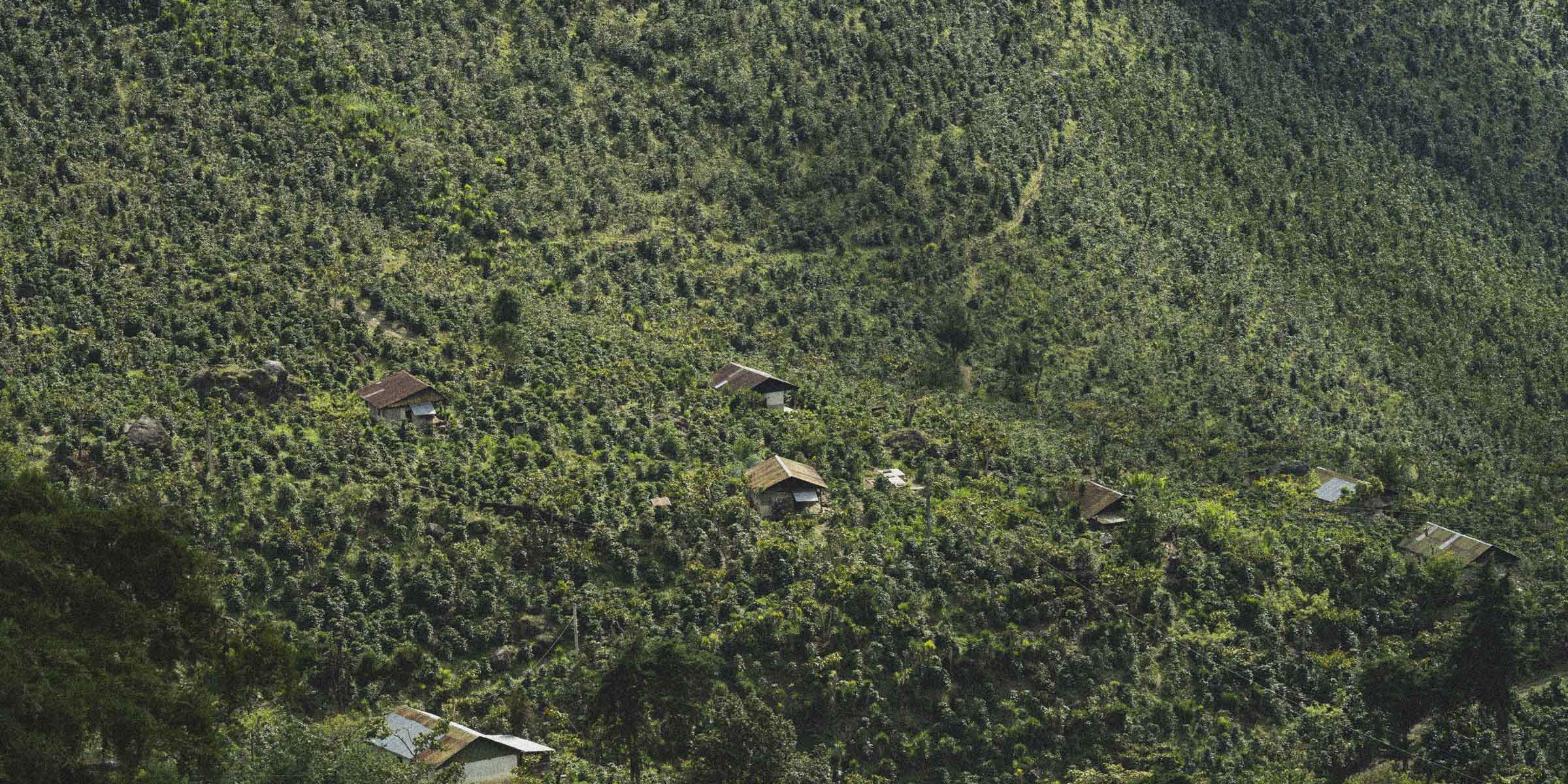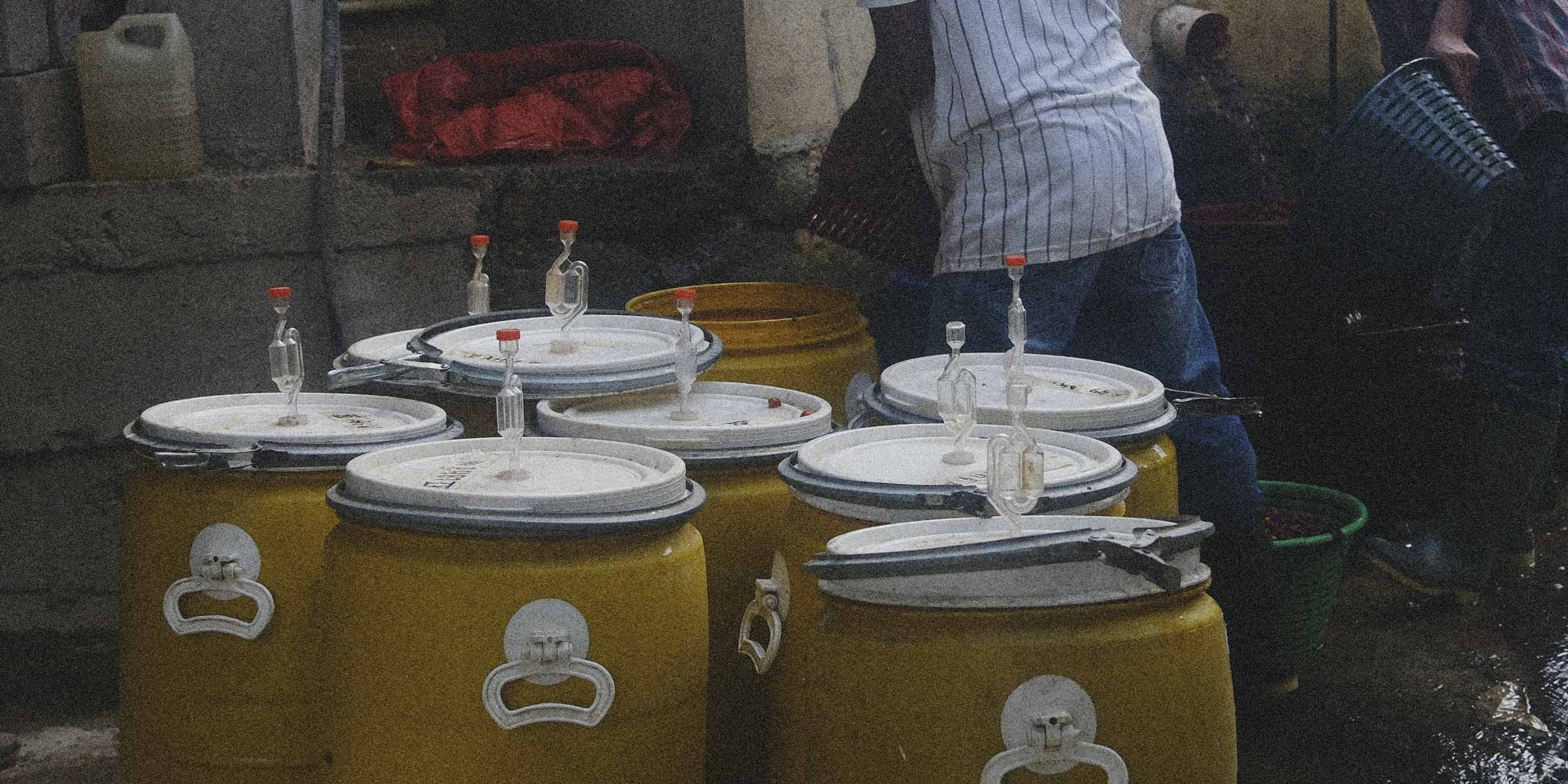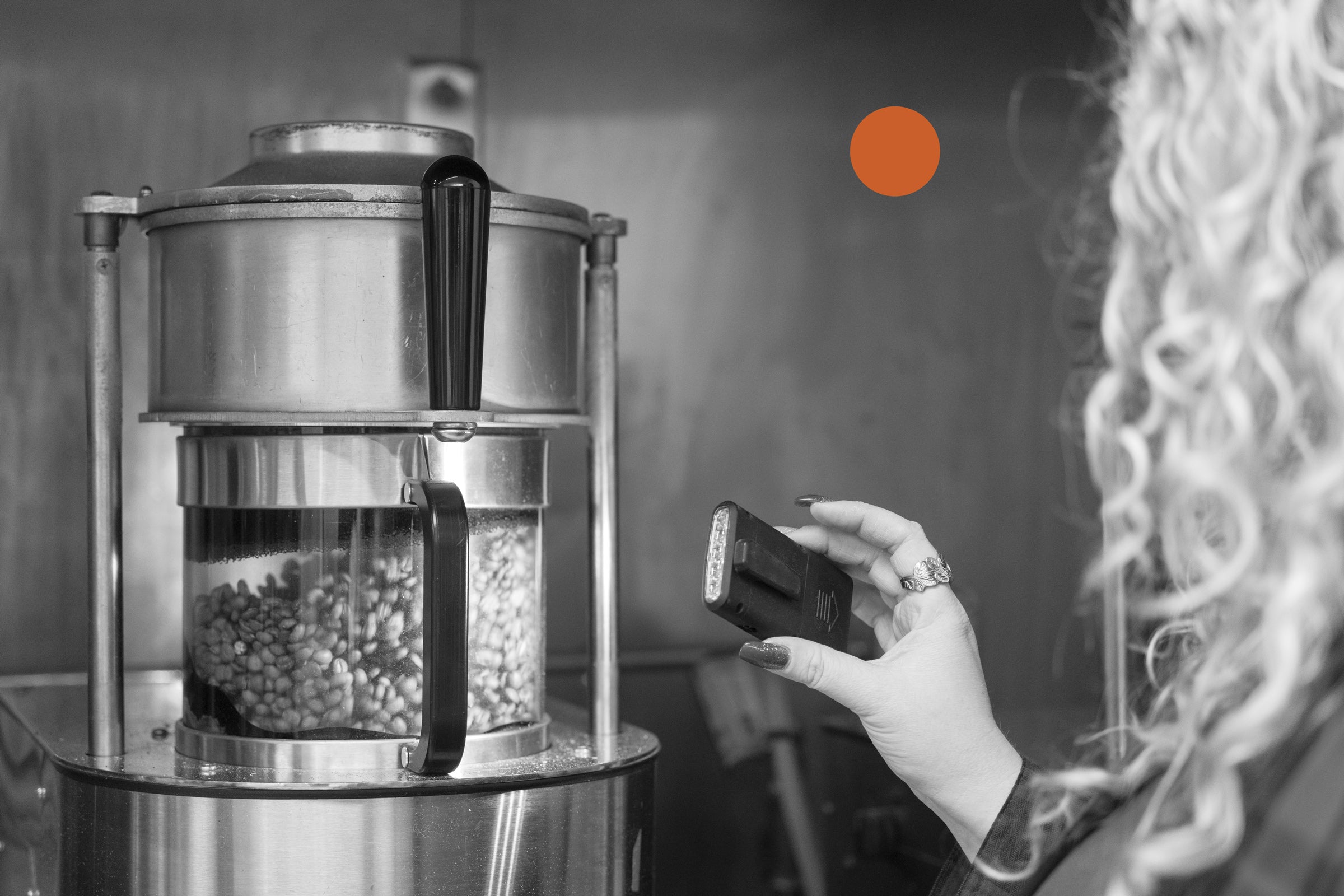What's Going On with the C Market and How Does It Affect Us
The C market has become the coffee industry's biggest talking point. From origin to roastery, everyone's feeling the impact of wild price swings.
So what drives these price changes, and why should specialty coffee drinkers care about commodity market movements?
Understanding coffee as a commodity
Coffee is delicious, yes, but it's also an agricultural commodity like cacao, wheat, or soybeans. While people love to say coffee is the second most traded commodity after oil, that's actually not true: coffee ranks around 98th among traded products. Still, with global coffee exports hitting $42.3 billion in 2023 and jumping to $51.2 billion in 2024, coffee remains a massive agricultural export that supports 12.5 million smallholder farming families according to Enveritas research.
Because coffee grows all over the world and gets traded globally, the industry needed a standard pricing system. Enter the C market.
How the C market works
The C market gets its name from "Centrals" – the Central American producers who helped create it. Traded on ICE Futures U.S., this market deals in futures contracts for commodity-grade, washed Arabica green coffee from 20 approved countries.
Unlike buying stocks today, coffee futures are contracts to buy or sell coffee at set prices on specific future dates. Each contract covers 37,500 pounds of green coffee, about 250 bags.
Like any commodity market, the C bounces around based on what affects production, harvest, and trade. Coffee leaf rust devastated Central America in 2012-2013, with Guatemala seeing 59-70% of its coffee lands affected. Weather events mess with supply. Geopolitical tensions change consumption – Russia, the world's 8th largest coffee importer at 4.7 million bags a year, has cut imports since the Ukraine conflict began. The variables never stop.
Why prices are surging now
In 2023, the C market traded around $1.50-$2.00 per pound. By early 2025, futures shot up to $3.00-$3.50, with peaks over $4.00 in February. These are 13-year inflation-adjusted highs.
The culprit? Brazil's weather crisis.
Brazil produces 38% of global coffee, making it the market's kingpin. The country is experiencing its worst drought in over 70 years, with many regions going 120-130 days without rain in 2024. August 2024's frost damage made things worse, hitting key Arabica regions like Cerrado Mineiro and Alta Mogiana.
CONAB, Brazil's agricultural agency, cut their 2024/25 crop estimate to 54.79 million bags, down 6.8%. Robusta production faces worse losses – some regions report 60% drops. The 2025/26 crop looks rough too, as stressed trees struggle to flower.
When Brazil sneezes, the coffee world catches pneumonia. Buyers worldwide scramble to lock in supply, pushing futures higher as they secure forward contracts. This creates a feedback loop: higher C prices tempt producers to break existing contracts and sell to local mills for better spot prices. Sure, it's lucrative short-term, but defaults damage the long-term buyer relationships producers depend on.
Impact on specialty coffee
As a specialty roaster, we don't buy commodity-grade Arabica through the C market. We source direct from producers, focusing on quality over quantity, and we pay well above commodity prices.
But here's the thing – the C market still anchors our industry. Most specialty coffee trades on a "C plus differential" basis, where the final price equals the C market price plus a quality premium. When the floor rises, everything above it goes up too.
This creates a double whammy. First, we're paying way more to reserve future coffee shipments since our differentials stack on top of these elevated C prices. Second, this volatility looks structural rather than temporary, forcing us to balance realistic pricing with keeping coffee accessible for our customers.
Everyone in the supply chain feels this squeeze. Producers face tight margins and uncertain futures, torn between selling now at high prices or holding out for potentially better returns. Their decisions ripple through the market, affecting both availability and price stability.
Looking forward
Coffee pricing will probably stay volatile through 2025 and into 2026 as Brazil's production recovers. Weather patterns, especially La Niña conditions, will determine whether the 2025/26 harvest can make up for current shortfalls.
Right now, the industry needs measured responses, not panic. Producers need stable partnerships more than ever. Roasters must be transparent about pricing pressures while maintaining quality. Consumers should understand that higher prices reflect real supply problems, not profiteering.
The goal hasn't changed: connecting coffee lovers with exceptional coffees from dedicated producers. Market volatility tests these relationships, but it also shows why direct trade and quality premiums matter. By sticking to our commitments through tough cycles, we build a stronger supply chain.
These waves will settle. Until then, we focus on what matters: sourcing, roasting, and sharing remarkable coffees that earn their price through quality, not scarcity.
Sources
- Perfect Daily Grind - Coffee Isn't World's 2nd-Most Traded Commodity
- Statista - Leading Coffee Exporting Countries 2023
- World's Top Exports - Coffee Exports by Country 2024
- CARTO/Enveritas - Smallholder Coffee Farmers Analysis
- ICE Futures - Coffee C Contract Specifications
- Sprudge - What Is The C Market?
- Statista - Biggest Coffee Importers Worldwide 2023
- ScienceDirect - Coffee Leaf Rust Impact in Guatemala
- Trading Economics - Coffee Price Charts
- Perfect Daily Grind - Arabica Futures Over $4.30/lb
- Visual Capitalist - Global Coffee Production 2024
- Global Coffee Report - Brazil's Coffee Industry Recovery
- StoneX - CONAB Revises Brazil Coffee Crop Estimate
- Coffee Intelligence - Specialty Coffee and C Market
- Sucafina - The Power of Differentials



